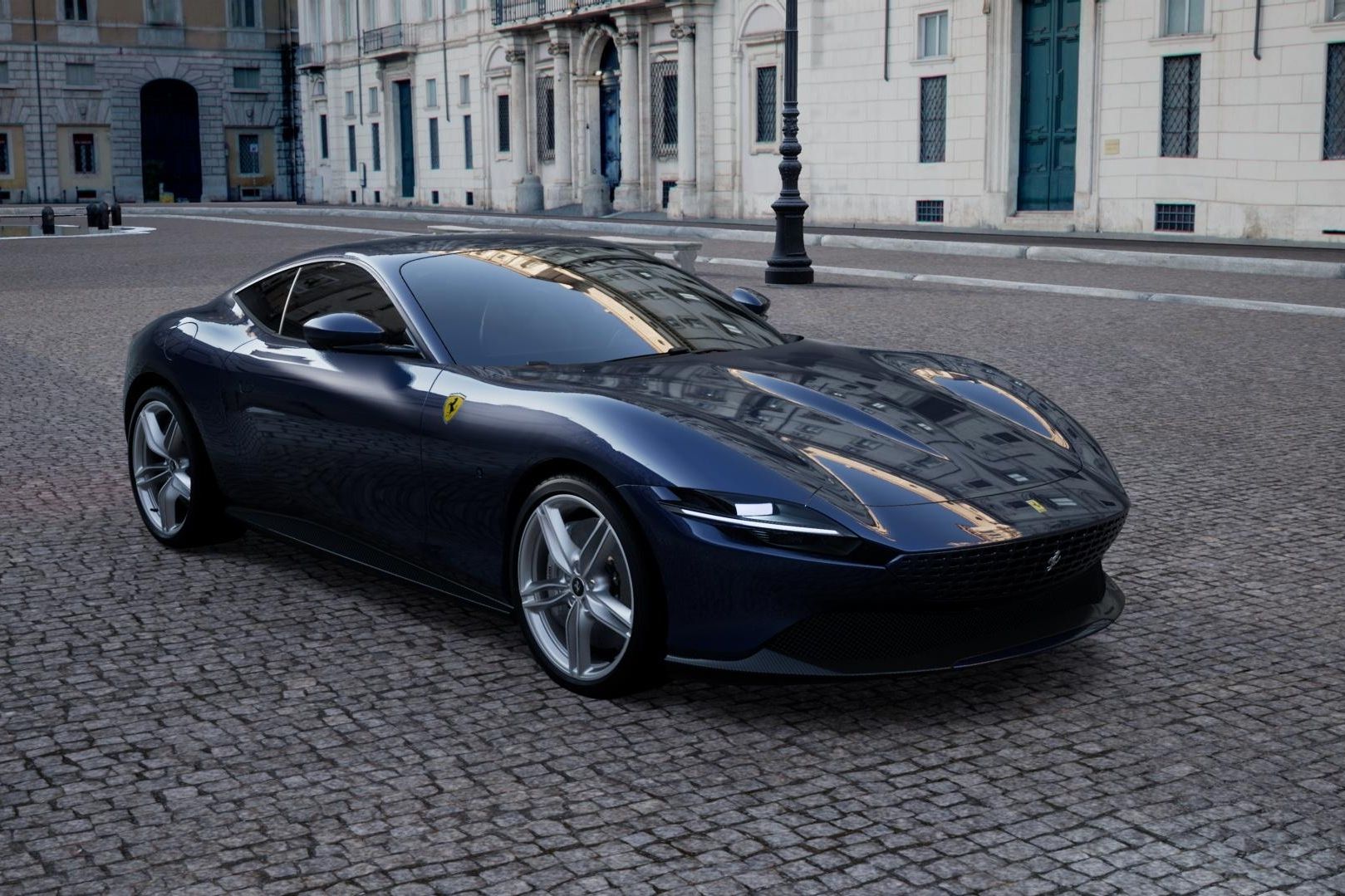
As connectivity and artificial intelligence become more commonplace in cars, digital displays are becoming increasingly popular for the cabin experience. In the past decade, we have seen digital instrument clusters and infotainment systems advance exponentially, particularly in the current Tesla range.
A trend that is drawing the attention of many interior designers is the three-tier display that consists of a digital instrument cluster, central infotainment system and dedicated screen for the front passenger. This is a feature you'll find in cars such as the Ferrari Roma and Jeep Grand Wagoneer. While this is a very convenient and entertaining addition, it does add to the increasing complexities surrounding driver distractions.
In a bid to alleviate this, Continental has gotten on board with creating a new display concept that would prevent the driver from seeing what is on the dedicated passenger screen. It's called the switchable privacy display and the function is pretty simple. If the passenger wants to watch a movie or any other piece of entertainment content, they just flick a switch on the screen that will make it impossible to view from the perspective of the driver.
Continental does this by incorporating two bespoke backlight units into a 12.3-inch screen. Both of these are active when the screen is in its standard state. If the driver needs to maintain attention to the road, the privacy mode will deactivate the backlight that is directed towards the driver's seat.
The simple but necessary system comes with several benefits. Not only does it ensure that the driver keeps their focus maintained on the road, but it will provide bespoke entertainment to the passenger with a unique welcome scenario. The third screen will also uplift the visual appearance of the cabin with its narrow border design. Continental promises that the double backlight system will not distort the image to either the driver or passenger.
The switchable privacy display is just a concept design and has not been confirmed for application in any production car but it states that the system will be launched to the market in 2024. Given the cars are not yet at the stage of full autonomy, a measure that can ensure the driver sticks to the responsibility of managing a car's functions should be fast-tracked for interior applications.
